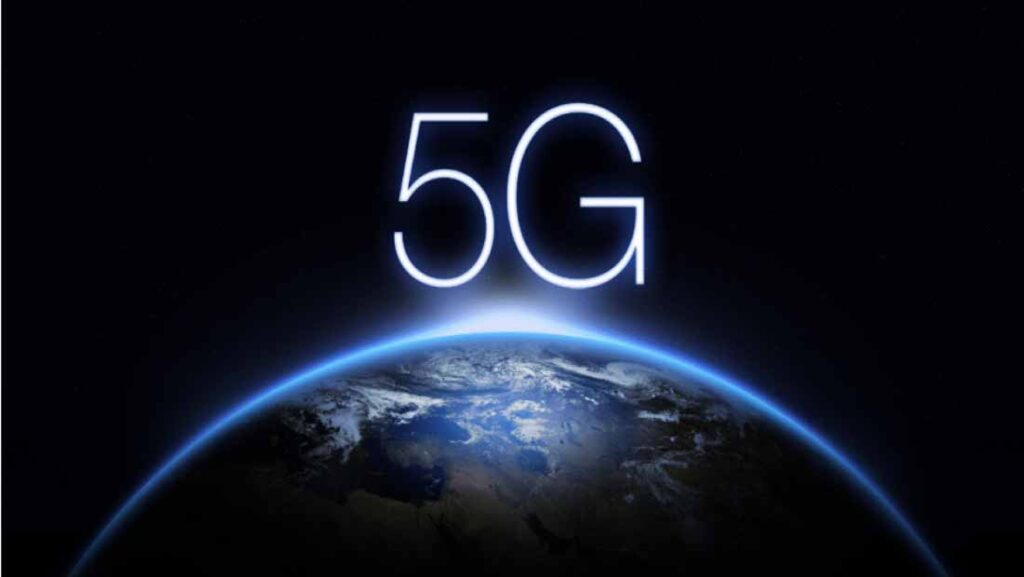The role of technology in sport
Technology in sport has played an increasingly important role in the world in recent years. From data analytics to sportswear technology, there are several ways technology is impacting sport.
Here are some ways technology is influencing sport:
Data analysis: Data analytics has become increasingly important in the world of sports, as teams and athletes use technology to collect and analyze performance data. This may include using sensors to measure speed, force, and accuracy, as well as video capture to analyze technique and movement.
Sportswear technology: Sportswear technology is helping athletes improve their performance and comfort. Advances in materials and manufacturing have led to lighter, more breathable sportswear and athletic footwear with features such as cushioning and arch support.
Live streaming: Technology has transformed the way sports are viewed around the world. Live streams allow viewers to watch sporting events in real time from anywhere in the world. The technology has also allowed viewers to interact with broadcasts, such as live commentary and up-to-date statistics.
Safety improvements: Technology has also improved safety in sports. The development of safer sports equipment, such as helmets and protections, has reduced the number of injuries in high-risk sports.
Overall, technology has transformed the world of sport, allowing athletes to improve their performance and spectators to experience sporting events in a more immersive and interactive way.
Using sensors
The use of sensors in sport has become increasingly common in recent years. Sensors are devices that can be incorporated into clothing or sports equipment, or placed on an athlete’s body to measure and collect data about their performance.
Sensors are used in a variety of sports to measure factors such as speed, distance traveled, heart rate, and body temperature. This data can be used by coaches and athletes to adjust their training and improve their performance.
Here are some examples of sports in which sensors are used:
Soccer: Sensors can be placed in players’ shoes to measure speed, distance traveled and changes in direction. Sensors can also be placed on the balls to measure the speed and trajectory of the ball.
Athletics: Sensors can be placed on runners’ shoes to measure speed and distance traveled. Sensors can also be used to measure height and technique in jumps.
Swimming: Sensors can be placed on swimsuits to measure speed, distance traveled, and swimming technique.
Basketball: Sensors can be placed on basketballs to measure speed, trajectory and launch angle.
Overall, the use of sensors in sport has allowed athletes and coaches to collect accurate, real-time data on performance, allowing them to adjust training and improve their performance.
Video replay
Replay videos in sport is an important tool used by coaches, referees and spectators to analyse performance and make more informed decisions. Video replay is used to review dubious plays, examine an athlete’s technique, or review referee decisions.
Here are some examples of how video replay is used in different sports:
Soccer: Video replay is used to review goals, fouls and penalties. Referees can use video replay to confirm or change their decisions.
Basketball: Video replay is used to review dubious plays, such as field goals and fouls. Coaches can use video replay to analyze players’ technique and make adjustments to the game.
Tennis: Video replay is used to review dubious plays on the lines and to analyze the technique of the players. Players can request a video replay to challenge a referee’s decision.
Baseball: Video replay is used to review dubious plays, such as foul bats and home runs. Referees can use video replay to confirm or change their decisions.
In general, video replay is used to improve accuracy and fairness in sport. It allows referees and coaches to make more informed decisions and spectators to analyze and enjoy the game better.
Artificial intelligence
Artificial intelligence (AI) is also starting to play an important role in sport. AI refers to a machine’s ability to learn and perform tasks that would normally require human intelligence, such as pattern recognition and decision-making.
Here are some examples of how AI is used in sport:
Data analysis: AI is used to analyze large amounts of data collected about the performance of athletes and teams. AI can identify patterns and trends in data that can help coaches and athletes improve their performance.
Personalized training: AI is used to create personalized training programs for athletes based on their individual physical characteristics and performance patterns.
Video analytics: AI is used to analyze video of matches and workouts to identify patterns of play and trends in athletes’ performance. This can help coaches make informed decisions about tactics and strategies.
Forecasting results: AI is used to predict the outcomes of matches and competitions based on historical performance data of teams and athletes.
Overall, AI is becoming an important tool for coaches, athletes and teams in sport. It allows for greater accuracy in data analysis and performance, which can help improve training, decision-making, and results on the field.
Future
The future of sport is shaping up to be one in which technology, artificial intelligence and data will become increasingly important. Here are some examples of how the future of sport could be shaped by technology:
Virtual reality: Virtual reality could allow spectators to feel that they are really in the stadium or on the field, even if they are watching the game at home. It could also allow athletes to train in simulated environments to improve their performance.
Wearable sensors: Wearable sensors, such as smartwatches and wristbands, are increasingly being used to collect data on athletes’ performance. In the future, these sensors could be integrated into athletes’ clothing for greater accuracy in data collection.
Robotics: Robots are increasingly being used in the training of athletes, as they can simulate specific movements and situations in the game. In the future, robots could be used in sports competitions, either to replace human athletes or to help them in the field.
Artificial intelligence: Artificial intelligence will continue to be important in sport, as it can help coaches and athletes analyze large amounts of data and make informed decisions about tactics and strategies.
In short, the future of sport will increasingly focus on technology and data. This could lead to higher athlete performance and an improved experience for spectators. However, it is also important to note that the human aspect and passion for sport will continue to be fundamental to your success in the future.


